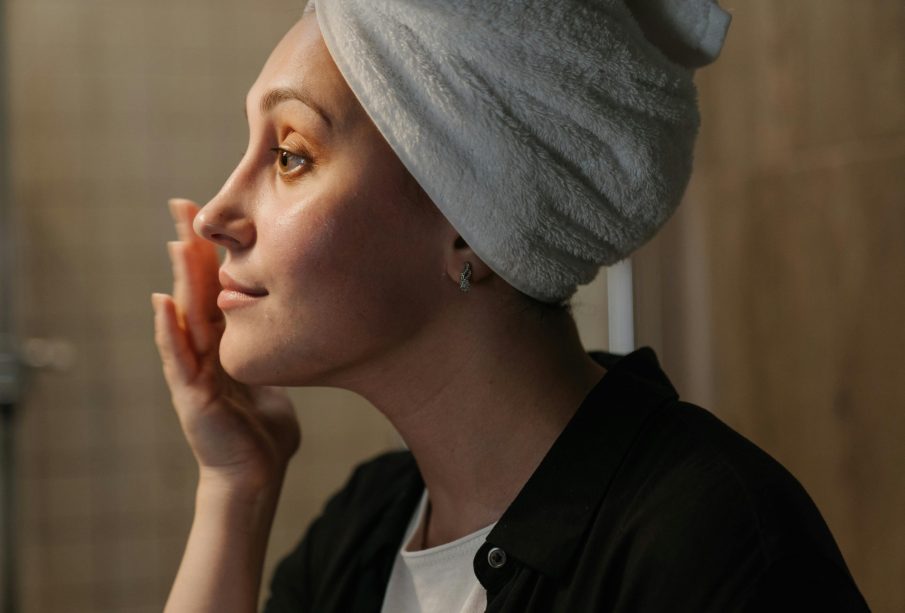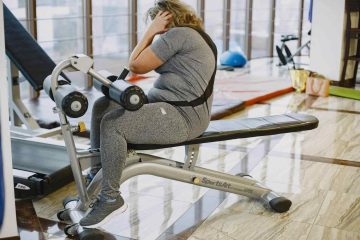
Skin purging is a normal response that occurs when the skin adapts to new products or treatments. This may sound terrifying, but answering these questions encourages us to maintain our skincare routine at the very least. During this time, it’s common to experience short-lived breakouts, redness, or peeling. If you want your skin to be in the best shape possible for the long term, you should learn the difference between purging and other common skin reactions.
What Causes Skin Purging
However, skin purging typically occurs when active ingredients accelerate the cell turnover process. This can cause underlying congestion to become more apparent at a faster rate than one might expect. There are known offenders, such as retinoids, chemical exfoliants, and certain acids. Since these compounds literally trigger cell renewal, they may make your skin look worse before it looks better.
Environmental factors, lifestyle habits, and pre-existing skin conditions can also influence skin reactions. Even well-formulated products may cause temporary irritation later.
Signs to Identify Skin Purging
It is essential to understand the distinction between skin purging and normal breakouts. Key signs include:
- Outbreaks of skin areas that are typically congested
- Bumps that are similar to each other in size, not varied, and cystic, like you see in acne
- More flakiness or dryness, especially with exfoliating treatments
- Diffuse erythema that looks mild
- Timing is another indicator. Usually, purging occurs in the first weeks after a new item is placed on the shelves. A breakout that continues for about six to eight weeks is typically a sign of irritation or an allergic reaction.
Managing Skin Purging
Skin purging is to be handled with care and a lot of patience. If there is a sudden change in the usage of these products, the condition cannot worsen. Practical strategies include:
- If you only need a few products to support hydration and barrier function, keep it simple.
- Keep Them Lubed Up: Moisturisers Limit Moisture Loss And Can Soothe Inflammation
- Avoiding additional irritants: This may be a good time to minimise your exfoliation, use of harsh cleansers, or abrasive tools.
- Change Monitoring: Knowing how your skin reacts will allow you to distinguish patterns and triggers.
- When decluttering seems almost too extreme, help from an expert can be beneficial. Skincare experts or dermatologists can recommend one that alleviates discomfort and protects the skin further (and they may even give you the go-ahead to wear it the next day).
What Is The Duration Of Skin Purging
The length of time skin purging lasts will vary for each person and product. This phase typically lasts from two to six weeks. You need to follow this routine consistently. Using a product for a shorter period may yield no results, whereas overusing it can cause skin issues.
- Patience is critical. It takes time for the skin to regenerate and improve after the initial flare-ups.
- Preventing Excessive Purging
- There may be some purging that cannot be avoided, but a careful introduction of new products can help limit it. It enables the skin to acclimatise more gently with the progressive introduction of active ingredients.
- Start Using Active Ingredients at Lower Concentrations
- While the newest product can be new, as someone who has to test products for my job, introducing just one new product at a time, especially when it comes to skincare, is crucial.
- Do not layer simultaneously different strong actives
- Keep an eye on the skin for initial signs of irritation
- By implementing these steps, this reduces the chance of long-lasting breakouts and helps the “transition” between products smoothly.
Final Thoughts
For many, skin purging is simply a natural process that occurs with skincare. Knowing how long it lasts, the signs to look out for, and what causes it will help you set realistic expectations and keep your skin looking its best. Minimising discomfort requires gentle care, observation, and small readjustments. However, short-term inconveniences are worth it for long-term benefits and clearer skin.
Does Muscle Weigh More Than Fat?
November 13, 2025Explore How Long Does a UTI Last?
November 10, 2025
Leave a reply Cancel reply
You must be logged in to post a comment.
-
Do you think about a Lash Lift? This is the first step.
July 27, 2022 -
All You Need To Know About Spring Cleaning & Allergies
June 14, 2021





